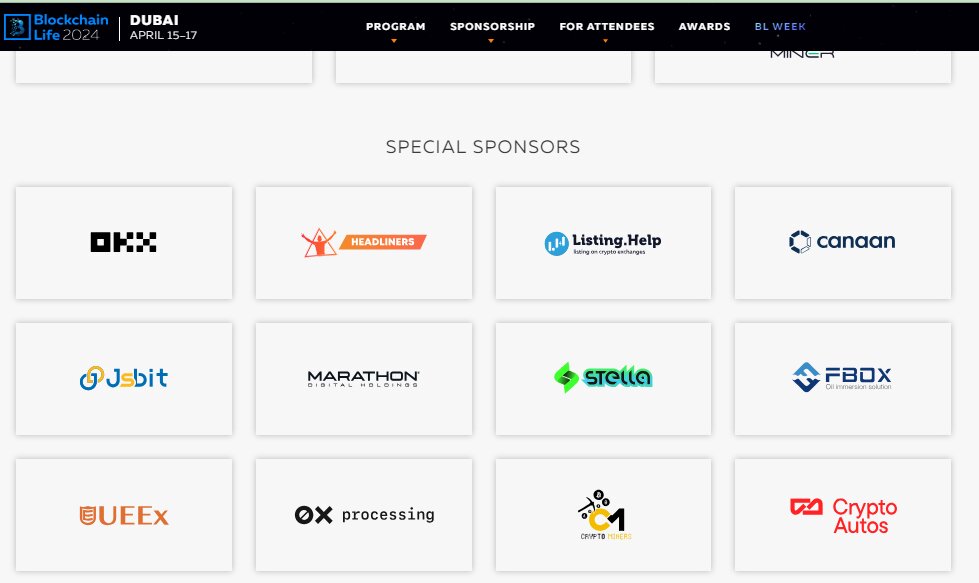
The Future of Digital Transactions: Understanding web3 payment
As we navigate through the digital age, the way we conduct financial transactions is undergoing a significant metamorphosis. The advent of web3 technology is paving the way for a new paradigm in how we view payments, especially in decentralized frameworks. One of the most transformative features of web3 is its ability to offer secure, efficient, and transparent payment mechanisms. To learn more about the innovations in this space, check out web3 payment https://0xprocessing.com/payments-for-business/web3-payment-gateway/.
What is web3 Payment?
At its core, web3 payment refers to transactions conducted within the decentralized web, utilizing blockchain technology. Unlike traditional banking systems, which rely on centralized authorities to facilitate payments, web3 payments offer a peer-to-peer network where transactions are verified by multiple participants within the blockchain ecosystem. This means that parties can engage in transactions without the need for intermediaries, reducing costs and increasing efficiency.
Key Features of web3 Payments
Decentralization
The hallmark of web3 technology is decentralization. Payments made using web3 protocols are processed on a distributed ledger, making them less susceptible to fraud or manipulation. Each transaction is recorded in blocks that are securely linked, enhancing the trustworthiness of the process.
Transparency
Transactions on the blockchain are transparent and publicly accessible. This means that users can verify transactions independently, fostering a greater sense of trust among parties. With transparency comes accountability, as every transaction can be traced back to its origin.
Enhanced Security
Security is a major concern in traditional payment systems, where personal and financial data can often be compromised. Web3 payments utilize cryptographic techniques to secure transactions, reducing the risk of fraud. Additionally, the decentralized nature of blockchain makes it inherently resistant to hacking attacks.
Benefits of web3 Payment Solutions
Lower Transaction Fees
One of the immediate benefits of web3 payment systems is the reduction in transaction fees. Since these payments bypass traditional banking systems and their associated intermediaries, users can often enjoy lower costs. This is especially beneficial for businesses that conduct frequent transactions or operate in multiple jurisdictions.
Global Reach
Web3 payments have a borderless nature. This allows businesses to reach customers across the globe without worrying about currency conversion or international transaction fees. The simplicity of using cryptocurrencies can open new markets for businesses, leading to increased customer engagement.

Real-Time Transactions
Web3 payment systems can facilitate transactions that are near-instantaneous. Traditional banking processes can take days for cross-border transactions, whereas many cryptocurrency transactions can be confirmed within minutes, providing a seamless experience for both businesses and customers.
Challenges of Adopting web3 Payment Systems
Regulatory Uncertainty
While the decentralized nature of web3 payments offers numerous advantages, it also poses regulatory challenges. Different jurisdictions have varying stances on the use of cryptocurrencies, and the lack of clear regulations can lead to hesitance among businesses to adopt these systems.
Volatility of Cryptocurrencies
The value of cryptocurrencies can be highly volatile, which can pose risks for businesses that accept them as payment. Fluctuations in coin values can impact revenue and make accounting more complicated. As a solution, some businesses opt to convert cryptocurrencies to fiat immediately upon receipt.
Technical Complexity
Adopting web3 payment systems may require technical expertise that some traditional businesses may lack. Integrating these systems into existing infrastructures can be challenging and may require investment in IT resources.
Implementing web3 Payments in Your Business
For businesses looking to integrate web3 payment systems, several steps can facilitate this transition:
- Research Available Platforms: Explore different web3 payment platforms that align with your business needs. Compare fees, features, and supported cryptocurrencies to find the best fit.
- Begin with a Pilot Program: Before fully committing, test the waters with a pilot program accepting web3 payments for a limited range of products or services.
- Educate Your Customers: Make sure that your customers understand how to use web3 payment options. Providing resources or guides can enhance their experience and increase adoption.
- Monitor Performance: Keep track of how web3 payments impact your business metrics, including sales, revenue, customer satisfaction, and transaction costs.
The Future of web3 Payments
As technology continues to evolve, the adoption of web3 payment systems is expected to rise. With advancements in blockchain technology, scalability improvements, and regulatory clarity, businesses can harness the benefits of decentralized payments more effectively. Investment in education and infrastructure will be crucial for both businesses and consumers to navigate this new financial landscape confidently.
Conclusion
The rise of web3 payment solutions represents a significant shift in the landscape of digital transactions. By leveraging decentralization, transparency, and enhanced security, businesses and consumers can enjoy a more streamlined and economical approach to payments. While challenges remain, the future of web3 payments looks promising, allowing us to rethink our current financial paradigms and embrace a new era of digital transactions.
